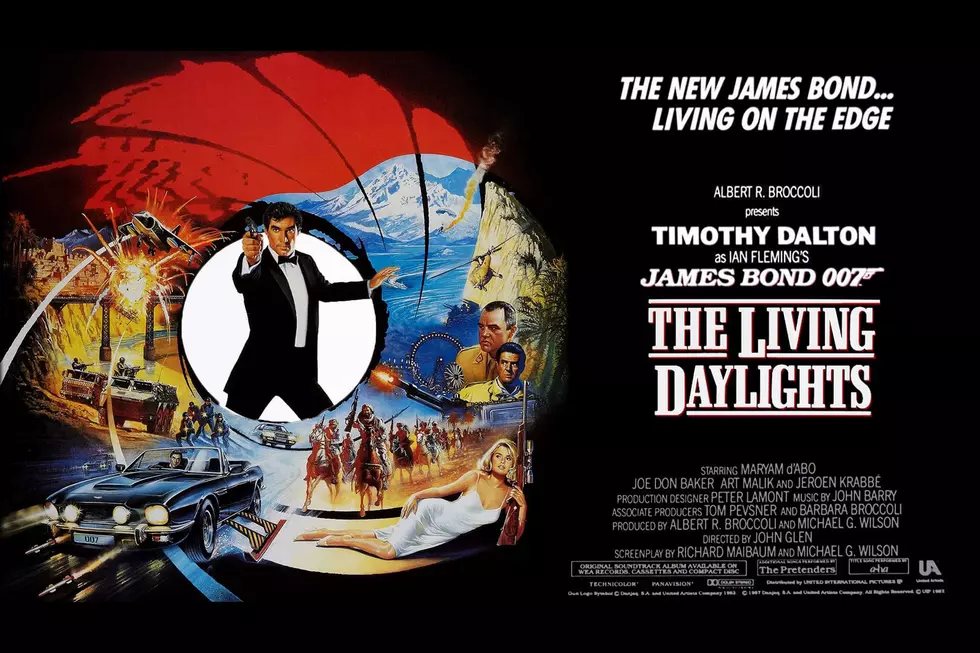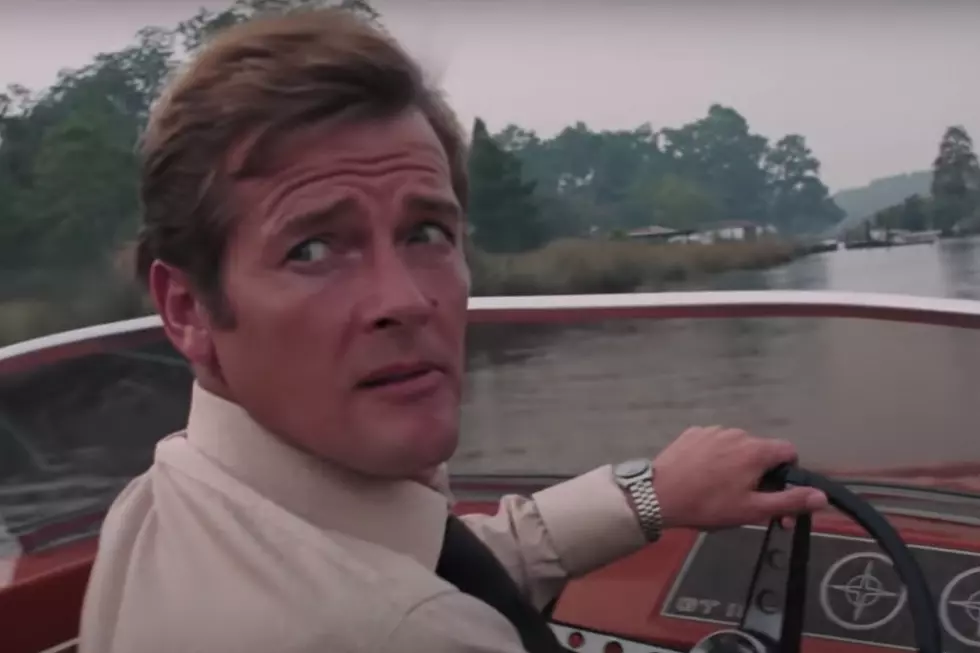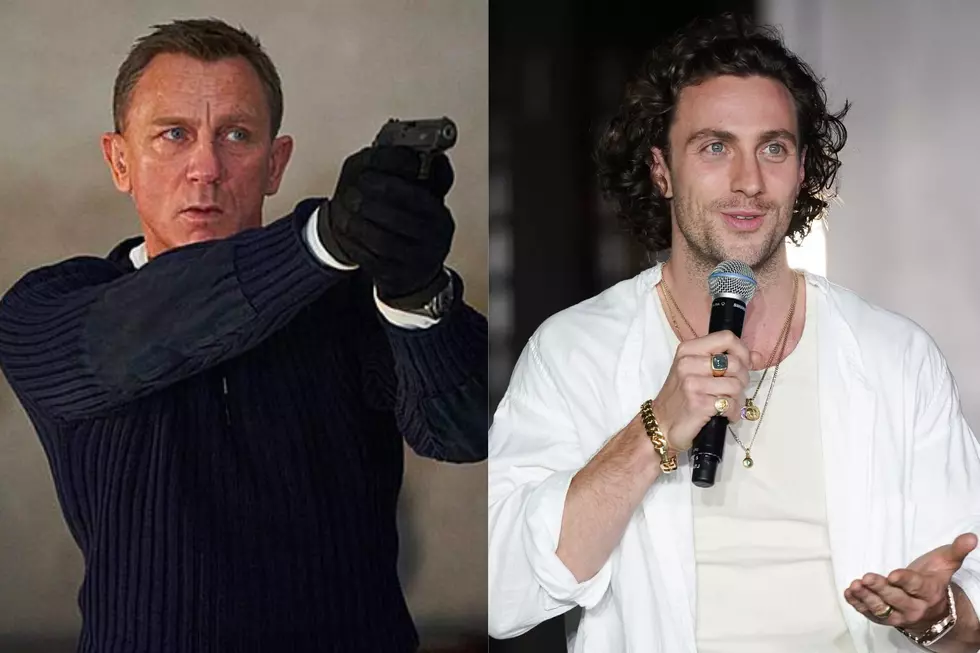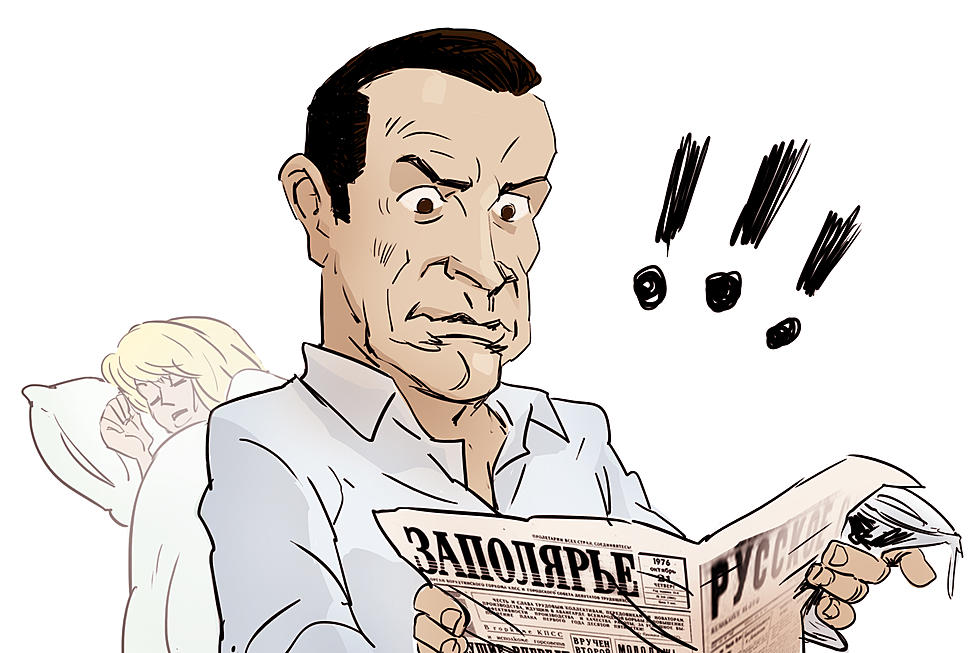
A New James Bond Plays 007 by the Book in ‘The Living Daylights’
Nearly 20 years after he first turned down the chance to play James Bond, Timothy Dalton helped return the 007 franchise to its roots with The Living Daylights.
Released in June 1987, the 15th official Bond film was the first since Roger Moore bowed out of the series following 1985's disappointing A View to a Kill. Interestingly, Moore might have never played 007 if Dalton had said yes when he was asked to star in 1969's On Her Majesty's Secret Service, the first Bond movie made following Sean Connery's initial departure.
"At the time, I think I must have been only 24 or 25," Dalton explained in Nobody Does It Better: The Complete, Uncensored, Unauthorized Oral History of James Bond. "And I can remember thinking, 'Too young!' ... [Connery] was tremendous, and not only did I think that I was too young, I thought it was a pretty dumb move to take over for him."
The role instead went to George Lazenby. Plucked from obscurity, the former model received high marks for his portrayal of a more humanized, vulnerable Bond. But he also quickly proved to be willfully incompatible with the ways of Hollywood and bowed out of the series rather than sign a multi-movie deal.
After Connery was reluctantly coaxed back to the role one more time for 1971's Diamonds Are Forever, Moore took over the franchise for 1973's Live and Let Die, apparently not sharing the same concerns as Dalton. Over the next 12 years and seven films, Moore put his stamp on a character that had seemed destined to be forever associated with Connery. But over time, Moore's portrayal of Bond grew increasingly campy and removed from the spirit of Ian Fleming's original books.
Further complicating matters, after he completed his original three-picture deal with 1977's The Spy Who Loved Me, Moore and 007 gatekeepers Eon Productions began engaging in increasingly contentious negotiations before each movie. He became more and more reluctant to return to the role - perhaps as a tactic to gain leverage - so Eon began holding screen tests with actors eager to take over the role. Somehow they were able to agree on terms for four more movies over the next eight years.
As a part of this dance, Dalton was once again considered to take over the series for 1983's Octopussy. But when a rival studio announced it would be using a legal loophole to release Never Say Never Again, a Bond movie featuring another return by Connery, the producers decided it wasn't the best time to introduce a new Bond, and Moore was lured back.
Watch 'The Living Daylights' Trailer
Even after the next Bond movie, A View to a Kill, proved to both sides that it was time for Moore to move on, Dalton still almost missed his chance. The role was instead offered to Pierce Brosnan, whose starring turn in the recently canceled NBC detective series Remington Steele had fans eagerly envisioning him as the next 007. But the publicity that arose when Brosnan was offered the role prompted NBC to reverse its decision to cancel Remington Steele. Eon didn't want the star of its big-screen franchise appearing free on weekly TV, so course was reversed and Datlon was again offered the role. This time he accepted.
Amid all this casting back and forth, writing and pre-production on the movie was already in motion. This allowed the screenwriters to focus on the character of Bond instead of tailoring the dialogue for a particular actor, as they had done for each new Moore movie. "It had been decided Roger wasn't going to do it anymore," director John Glen explained in Nobody Does It Better, "but we weren't sure who it was going to be."
It was decided that a shift to a more grounded reality was also in order for the series, which had been indulging in far-fetched science-fiction plots, like that in 1979's outer space-set Moonraker. "I had been feeling for some time that we'd been getting a little too far out," co-writer Richard Maibaum explained. "I like to pull the balloon down every now and then so that there is a greater sense of reality involved in what's happening." That feeling meshed with Dalton's desire to return Bond to his portrayal in Fleming's books.
"He was really thinking of the character in Bond," costar Maryam d'Abo explained in Nobody Does It Better. "For the performance, he really wanted to make him classic, serious."
Adapted and expanded from a short story taken from Fleming's last Bond book, The Living Daylights finds 007 dealing with a complex web of KGB defections, espionage and drug dealing.
As usual, the stunt sequences were a major attraction, including one where Bond evades a gun-wielding army by using a cello case as a sled and a climactic battle aboard a bomb-equipped cargo plane.
Watch 'The Living Daylights'' Snow Chase
The Living Daylights was a box office success, grossing $191 million worldwide, nearly $40 million more than the preceding A View to a Kill. Dalton's more serious-minded portrayal of Bond was generally well received, but his time as 007 was short-lived. The actor's second 007 film, 1989's License to Kill, almost ended the franchise, drawing poor reviews for its low-budget production and earning less, adjusting for inflation, than any other film in the series.
A third Dalton 007 movie, Portrait of a Lady, was announced in 1990, then put on hold as the series' distribution company, MGM, was sold and then declared bankruptcy. It took years for all the smoke to clear from the resulting legal battles. When the series finally got the green light to move forward, producer Albert Broccoli wanted Dalton to commit to a long-term deal.
"He said, quite rightly, 'Look, Tim. You can't do one. There's no way, after a five-year gap between movies, that you can come back and do just one [movie]. You'd have to plan on four or five," Dalton told The Week in 2014. "And I thought, 'Oh, no, that would be the rest of my life. Too much. Too long.' So I respectfully declined."
When the franchise finally returned in 1995 with Goldeneye, Brosnan had taken over the role, kicking off a four-movie run that concluded with 2002's Die Another Day.
James Bond Movies Ranked
More From Ultimate Classic Rock









